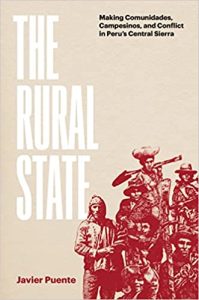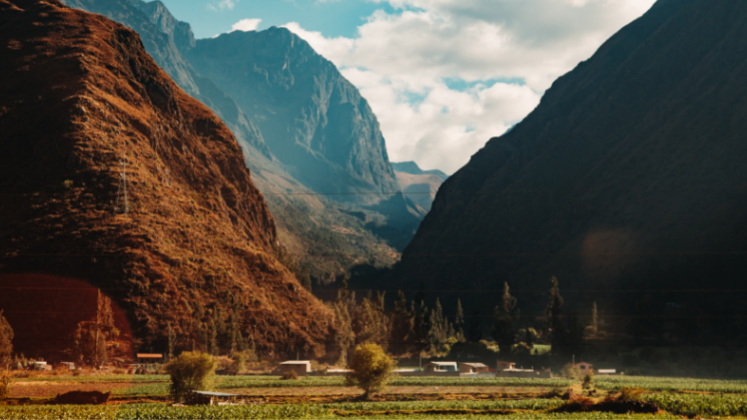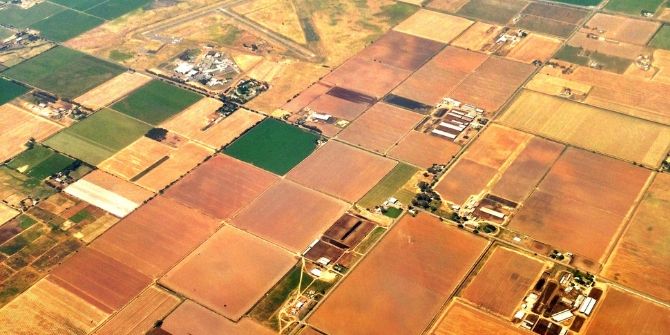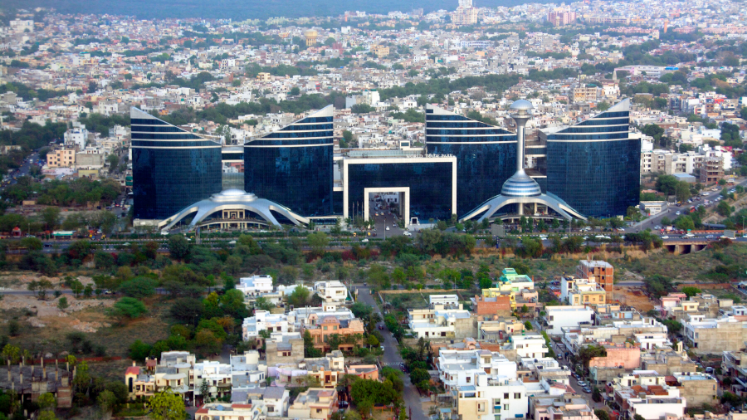In The Rural State: Making Comunidades, Campesinos, and Conflict in Peru’s Central Sierra, Javier Puente explores the interrelation of rural communities, capitalist interests and state agendas in the Peruvian Andes. Focusing on the people of San Juan de Ondores and their struggle for land and autonomy, Puente demonstrates how rural communities were a microcosm of broader state development projects, writes Camden Paillot.
The Rural State: Making Comunidades, Campesinos, and Conflict in Peru’s Central Sierra. Javier Puente. University of Texas Press. 2023.
Find this book (affiliate link):![]()

As recent protests in Peru have demonstrated, the relationship between the Peruvian State and rural communities is not a settled matter. Disproportionate violence against indigenous people and a growing sense of disenfranchisement has once again brought forth central tensions that have laid below the surface of Peruvian politics. What is the complex history that created this uneasy relationship? How have issues of land, autonomy, and rural resource extraction continued to remain relevant?
In his highly detailed account, The Rural State: Making Comunidades, Campesinos, and Conflict in Peru’s Central Sierra, historian Javier Puente tracks the story of incomplete and uneven development in the Peruvian Andes to understand how rural communities, capitalist interests, and state mandates continually shaped one another. The Rural State will interest any scholar seeking to understand the complex divisions and collaborations that steered the politics of the Peruvian state during the twentieth century. Puente’s work is unique in its attention to rural locale and the convincing longue durée connections he weaves to explain the eruption of the Internal Armed Conflict. This text casts a historiographical eye to the countryside community of San Juan de Ondores, where this community becomes a microcosm for his analysis of broader changes in central Peru during the twentieth century. Through its unique perspective, The Rural State joins a burgeoning category of scholarship that takes account of rural politics, recognising often ignored rural communities as central arenas of nation-state building.
The Rural State joins a burgeoning category of scholarship that takes account of rural politics, recognising often ignored rural communities as central arenas of nation-state building.
By anchoring his narrative on the grazing community of San Juan de Ondores in the central Sierra, he explores what types of statecraft briefly turned a rural community into a top region of production, then rendered it all but forgotten by the twenty-first century. Puente explains: ‘rural villagers from Ondores have built a powerful memory of experiencing power, enduring injustice, advancing autonomy, and regaining their right to subsist—asserting how they live and die on their own terms’ (6). Puente draws from communal histories to explain a broader process of how Andean people became indios, peons, and finally, campesinos.
Far from being merely passive subjects, villagers of San Juan de Ondores and their struggle for land and autonomy fundamentally shaped relations between the countryside and the state, from the first capitalist developments in the Sierra to the Armed Conflict of the 1980s and ‘90s. At the same time, Puente’s analysis avoids a mere binary of ‘resistance and rebellion’, instead focusing on adaptation and negotiation. The Rural State takes a strong materialist approach to development in San Juan de Ondores, in which changes at the community level are consistently explored through their connection to broader socioeconomic realities, especially regarding capitalist development and the neo-feudal hacienda system.
The introduction of foreign capital and colonial relations of production coalesced to turn village commons into the property of foreign companies and local haciendas.
In the earliest decades of the twentieth century, the social and productive relations of San Juan de Ondores were redefined by the Cerro de Pasco copper company, which imagined the Sierra as a rich and untapped region for resource extraction. The introduction of foreign capital and colonial relations of production coalesced to turn village commons into the property of foreign companies and local haciendas. Puente’s historiographical work reveals the ways in which the exploitation of the countryside and its communities is not natural or inevitable, but a complex and deliberate strategy to maximise resource extraction. The ability for the state and capitalist interests to maximise profit and control, as he argues, depends fundamentally on ‘legibility’, or the ability to quantify, categorise, and standardise rural communities. Incorporating indigenous communities into the “modern” state-building project was its own unique challenge that entailed promoting specifically Western practices of living to promote ‘development’. As he explains, the state viewed—and still views—the complex, heterogenous social tissues of rural communities ‘through a homogenizing social lens’ (3). By centring the frictions of state-led development, his work criticises theories of ‘modernisation’ and their ideological assumptions.
The 1969 Land Reform under the Velasco military dictatorship has constituted a considerable topic within Peruvian scholarship. Did it truly end rural exploitation and create a new campesino future? For Puente, the answer is both yes and no. While the Land Reform Law plays an important part in the second half of The Rural State, the book accepts no easy conclusions about its success. Puente casts a critical eye towards the land reforms of the Juan Velasco Alvarado military government. Instead of embracing the reforms as the ’revolution from above’ that they were propagated to be, he highlights the extant tensions between state development programmes and rural communities such as San Juan de Ondores. While it made claims of liberating the agricultural laborer from the chains of exploitation, the reform had retained a structure that continued to alienate the worker from their land, especially through a system of collectives that remained subject to the state. Puente argues that although the Velasco regime’s 1969 agrarian reform maintained a ‘revolutionary’ identity, the cooperativisation’ of land retained the principal characteristics of the colonial hacienda system.
In reality, the people of San Juan de Ondores experienced the cooperativisation of land as a period of disenfranchisement, decreased autonomy, and increased poverty.
By opting for a ’middle path’ in the agrarian reform, the Velasco government reimbursed landowners for their appropriated land and restricted the social and economic autonomy of the comunidades in order to maintain production. While the state framed their interests as the same as the communities’, their goals were actually antagonistic (155). In reality, the people of San Juan de Ondores experienced the cooperativisation of land as a period of disenfranchisement, decreased autonomy, and increased poverty. Ultimately, Puente argues that it was these tensions that laid the groundwork for the 1979 massacre of Ondores, and the ensuing Internal Armed Conflict.
The Rural State successfully draws a through-line across the major events of twentieth-century Peru, arguing that the countryside and the state have maintained an intimate—and often antagonistic—relationship that shaped national history, whose lasting frictions lead to the violence of the century’s final decades. Instead of viewing the postcolonial nation as directed by a top-down only mandate, he uses the community of San Juan de Ondores as a microcosm to convincingly argue that agrarian relations on the ground shaped Peruvian state programmes, interacting in complex and often unpredictable ways with bureaucracy. Overall, Puente’s The Rural State is ambitious, novel, and clear. I highly recommend it to any scholar searching for a new lens with which to consider nation-state building, development, and rural politics in Latin America.
Note: This review gives the views of the author, and not the position of the LSE Review of Books blog, or of the London School of Economics and Political Science. The LSE RB blog may receive a small commission if you choose to make a purchase through the above Amazon affiliate link. This is entirely independent of the coverage of the book on LSE Review of Books.
Main Image Credit: Andean landscape, Peru via Pxfuel.







